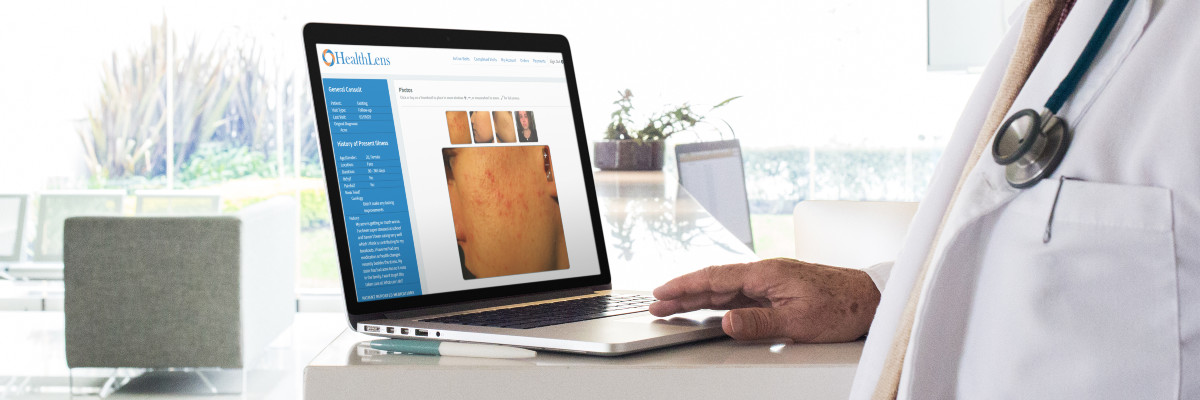Most skin conditions have certain diagnostic features that are easily recognizable to a trained professional like a dermatologist. The visual nature of these diagnostic features allow dermatologists to effectively evaluate and diagnose many skin conditions online through telemedicine. Dermatologists are not the only specialists that can use telemedicine to improve outcomes, save time, and reduce costs for their patients. Surgeons are beginning to incorporate telemedicine into their standard of care.
Surgeons do surgeries. Granted it would be quite difficult for a surgeon to perform surgery through your computer. After the surgery though, it is important for to doctor to monitor how the wound is healing. Traditionally, this required the patient to get in their car and drive back to the doctor’s office. During the appointment, the doctor would ask a few questions and take a quick gander at the wound. If the wound looked good, the patient was promptly sent on their way. If the wound did not look so pretty, the doctor might prescribe some new medications and then promptly send the patient on their way.
Fortunately, the year is now 2016 and patients are not restricted to the traditional office visit for a follow-up evaluation. Using telemedicine services like HealthLens, patients can upload photos and answer pertinent questions about how their wound is healing and send them to their surgeon without ever leaving their home.
Additionally, if their wound starts to take a turn for the worse, patients can immediately send an online visit to their doctor instead of waiting until their scheduled appointment date. Follow-up wound checks are a common example of how surgeons are using telemedicine to make life a little easier for their patients.

